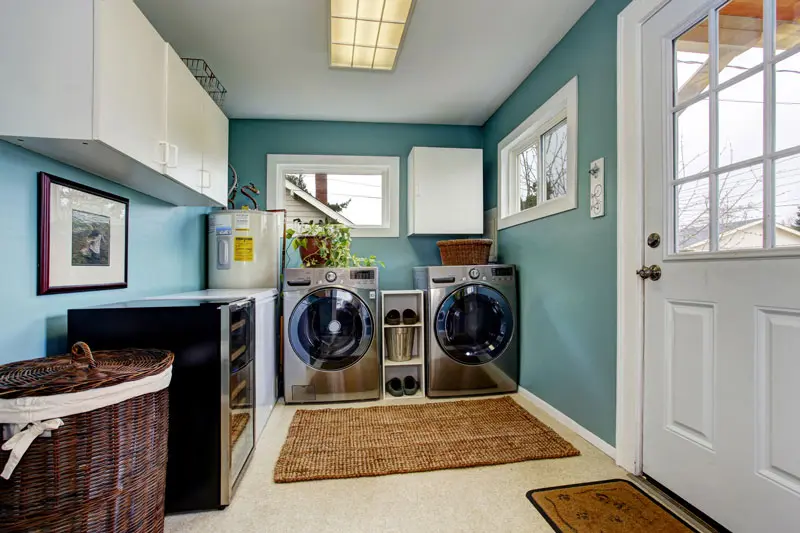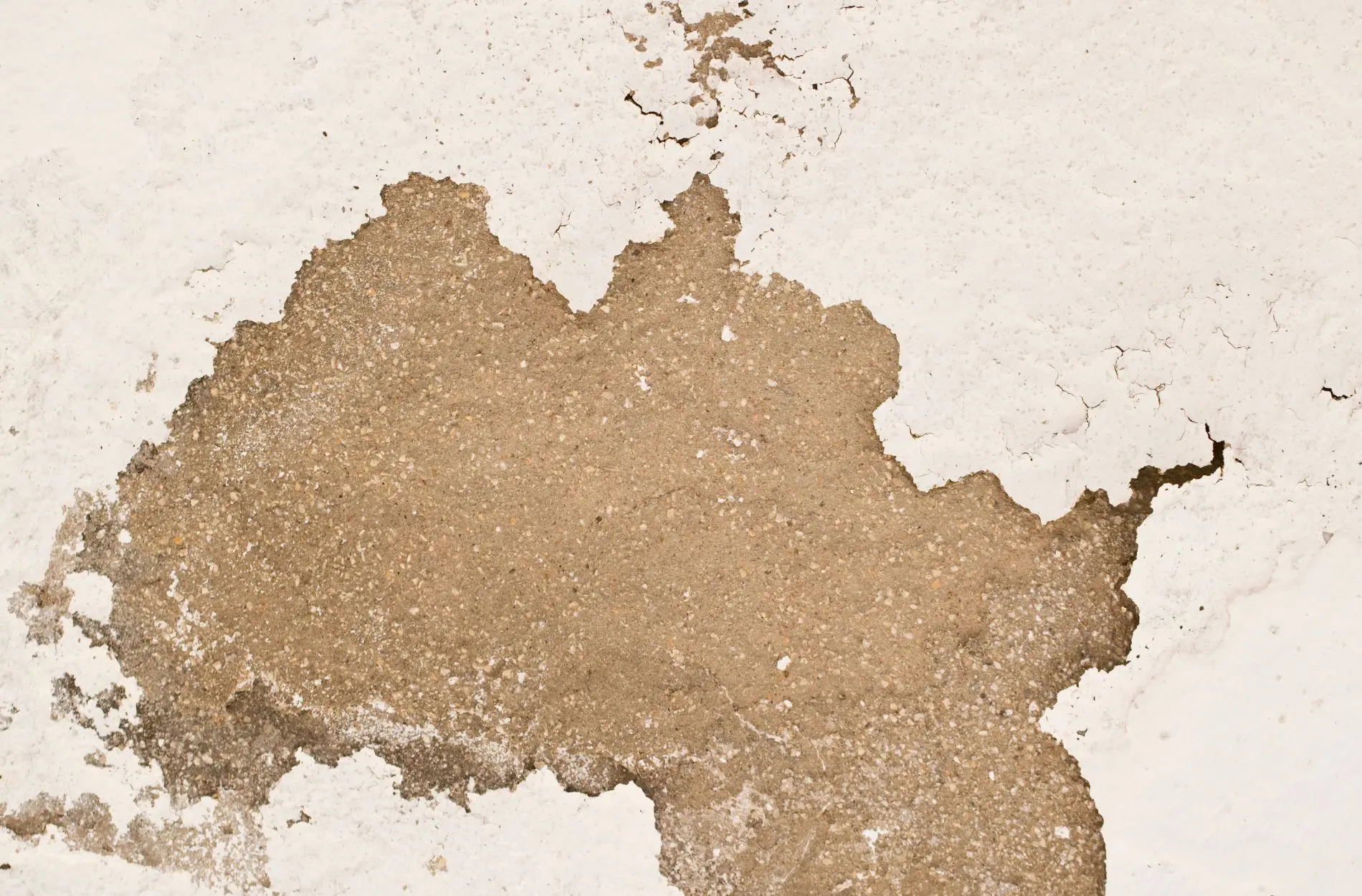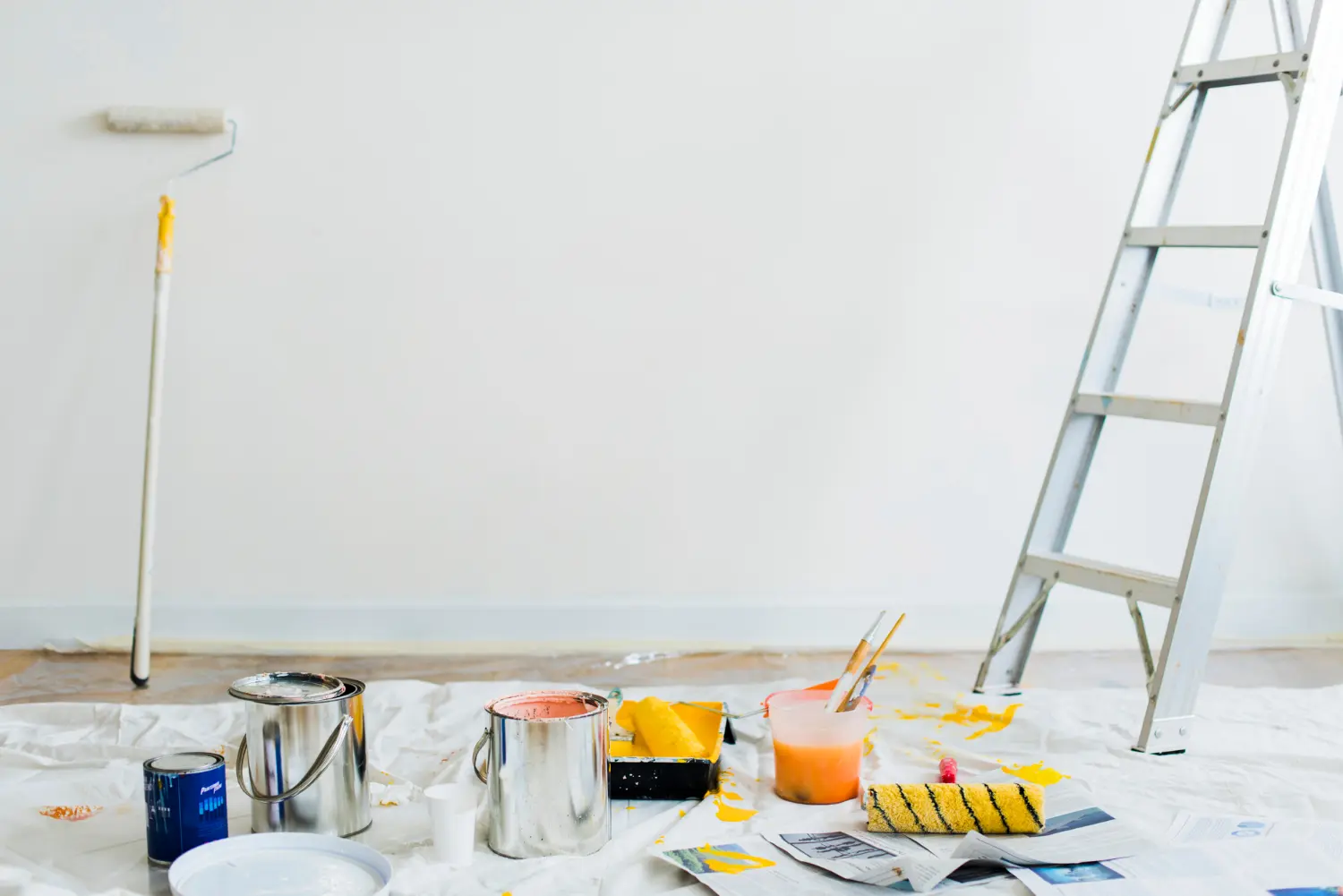Watching Paint Dry – How to Reduce Curing Times Indoors

There’s a reason ‘watching paint dry’ is often used in reference to something that is quite crushingly boring. As far as the interior painting process goes, it’s just about the dullest part of the entire project.
This can be particularly so when waiting for a base layer to dry, prior to which you can’t get started with the next coat. Likewise, you need to wait for the final coat to dry to bring all your stuff back into the space and allow domestic normality to resume.
Different types of paints have different curing times, and atmospheric conditions will always play a role. But is there anything you can do when painting your interiors to speed things up? Irrespective of the type of paint you use and the room you’re painting, can curing times be minimized?

The short answer…well, it depends on a fair few factors. But there are a few tips, tricks and hacks that can at least steer things in the right direction.
We generally advise following the manufacturer’s guidelines to the letter, but some have found the following helpful in giving things a helpful nudge:
1. Choose Quick-Drying Paint
At the risk of stating the obvious, the best thing you can do is choose a paint that is designed to dry faster. Drying times vary wildly from one type of paint to the next, so it’s worth reading the packaging carefully.
But what’s important to remember is how if the manufacturer clearly states six hours should be left between coats, you really should leave six hours between coats. Otherwise, you could be jeopardizing the quality of the final result.
2. Apply Light Coats
One of the best ways of ensuring each coat dries as quickly as possible is to apply it as lightly as possible. The added benefit of this approach is how multiple light coats of paint almost always look better than just one or two thick coats.
The thinner and more even the layers, the more seamless the result will be. This is where investing in a decent paint sprayer can really lighten the load, which is designed to apply super-thin coats of paint with next to no effort required.
3. Be Mindful of Humidity
Any moisture in the room or humidity in the air is going to work against you. It is therefore essential to paint at a time when humidity levels are as low as they are likely to get. Or perhaps, bring a dehumidifier into the space to ensure it is nice and dry.
This doesn’t tend to be the biggest problem when painting indoors, unless tackling rooms like the kitchen or bathroom. In any case, keeping a close eye on temperatures and humidity levels will always help bring curing times to the bare minimum.
4. Ensure Good Air Circulation
Keeping windows and doors open to allow fresh air into the space is essential, for health and safety reasons. But it’s also advisable to bring in one or two small desk fans, to ensure good air movement and circulation.
What you’re looking to do is to replace the moist air around the painted surfaces with dry air on a continuous basis. Not allow it to hang around and become stagnant, making it more difficult for the paint to adhere to the surface. You can pick up a basic desk fan for next to nothing and it could make a real difference.
5. Use a Hair Dryer or Heater
Much as we’ve heard how effective this approach can be, it’s not one we recommend. Bringing a heater or hair dryer into the space to create a warm and dry environment could technically help. Particularly if temperatures are low and humidity levels are high, it could help the paint cure faster.
However, apply too much heat to a freshly painted surface and it could compromise the quality and integrity of the paint. All types of paints are designed to do their thing within a specific temperature range. Exceed this by blasting the surface with a hair dryer and you’re almost guaranteed a disappointing result.
6. Paint One Wall at a Time
Last up, painting one wall at a time is almost always the better approach. This way, by the time you’ve done the rounds with the other walls and surfaces, the one you painted first will be ready for its second coat.
Hardly the hack to end all hacks, but one that it could nonetheless see you wasting less time waiting for the previous coat to dry.
For more information on any of the above or to discuss our affordable home painting solutions in more detail, contact the team at Homm CPS today.










